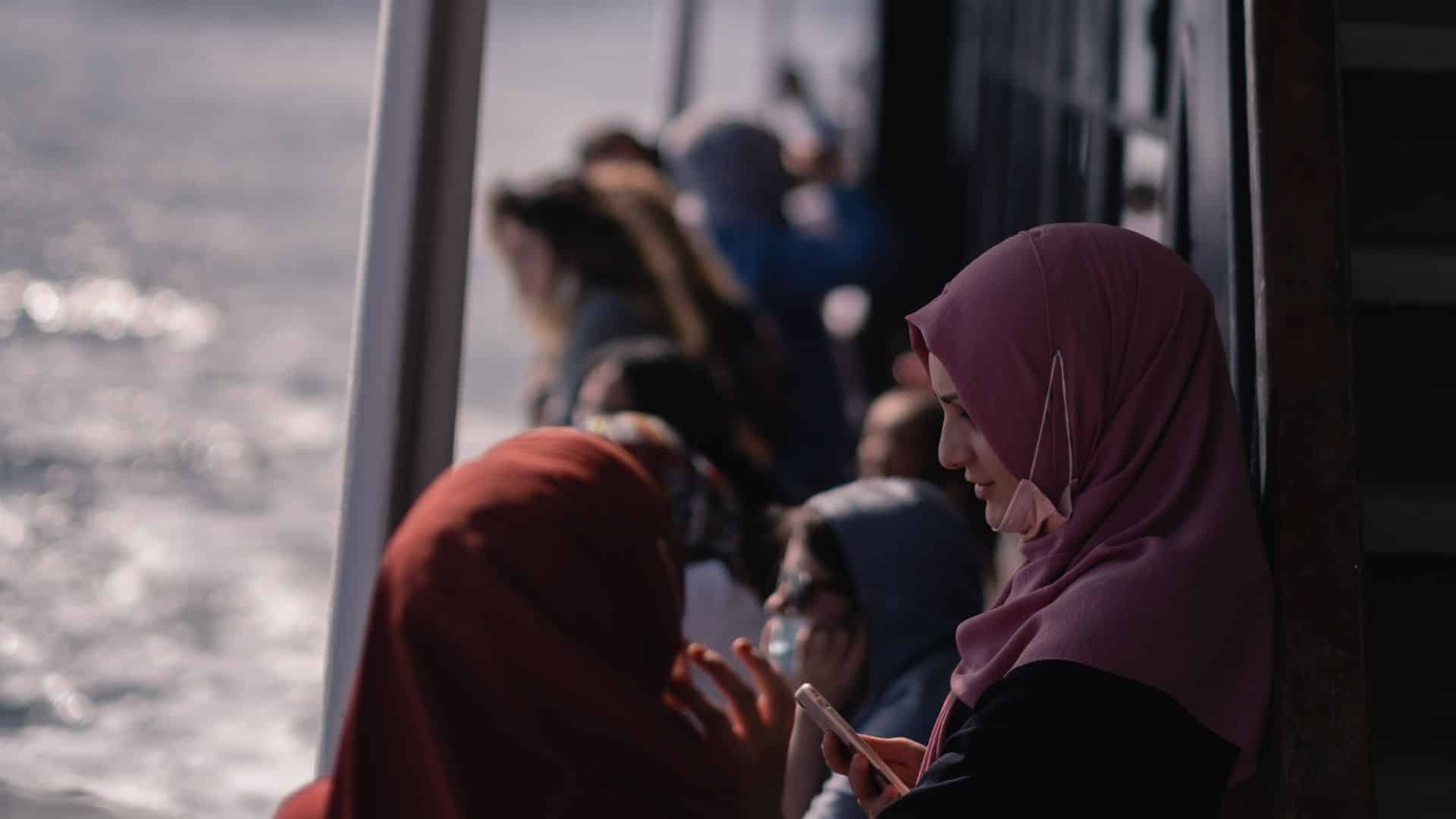Giving options is a dangerous road to walk as a guide. I’ve seen the most well-intentioned guides completely lose control of their tour, for example, guests getting it into their heads that they can request whatever catches their eye on a food tour.
On one hand, I’ve heard guides swear against any sort of customization as you can easily lose control of guests. Another negative aspect of leaving the choice up to your guests is that they can become overwhelmed with what’s called ‘decision paralysis’ (a studied theory that shows when someone has too many options, they begin to overthink and regret their choices, all leading to negative emotions).
However, flexibility for guests can also be an incredible value-add leading to better reviews, bigger tips and positive word-of-mouth.
My preference? Hit somewhere in the middle. Create a flexible atmosphere with clear limitations. In this article I’ll outline a few easy ways to integrate that into any tour.

Share this article
Maintain control of your tour with these easy ‘flexibility’ adds:
1. Give no more than two options.
For tours that have options built in already, such as food tours, I’d limit the choices down to no more than two options if possible.
If you give a beer tour, offer them a light and dark option. For a cupcake tasting; vanilla-based or chocolate-based.
Obviously you might need some dietary-friendly extra options but ideally you’ll have already identified guests who will need those options and you can privately let them know what their 3rd option is.
There will always be difficult and picky guests, but in most cases, I’ve found guests are used to being handed their tastings and won’t question the lack of options.
Related articles:
2. Explain WHY you’ve given these specific options.
There are some scenarios where a shop or restaurant has other options on display that will catch your guest’s eyes. In these cases be prepared to explain why you’re giving the options you are, or why you’re not giving an option at all.
For example, on a food tour I gave, we would pop in a pizza shop that had tons of different pizza pies on display with all different toppings. Before we head into the shop, I would explain to my group that while they might see a lot of options on display, I’ve opted for us to taste a “plain slice” (a cheese pizza in NYC-English) because I wanted them to see the difference in the purity of the basic ingredients.
(Was a “plain slice” also the cheapest option for the food tour? Definitely, but it’s also true that I think that option is the best for the tour.)
On a different tour where I’d take group for fried dumplings, there was a steamed bun on the menu that would sometimes catch my guest’s eye. If anyone asked if we could try that, I’d explain that that one takes quite a long time to order and prepare, which is why we choose the fried dumplings for our guests.
For those guests who simply like to ask questions or observe things around them out loud (all guides know exactly the guests I’m talking about…), transparency goes a long way in satisfying them.
3. Give a low-stakes option whenever you can.
To give guests that feeling of customization and control, give them choices whenever it makes zero difference to your tour.
Let’s say you’re showing guests around a temple dedicated to two different gods. You can ask guests, “Which god would you like to hear about first, X or X?”. As you’re going to talk about both anyhow, it makes zero difference which one you start with, but to your guests, they get to shape what their tour looks like.
4. Feign customization.
When options are naturally built into your tour (e.g. ‘do we stop in this cute store’, or ‘do we stop for a coffee break’), play up the fact to your guests that THEY have the choice.
Yes, you might always pop in that really cool chopsticks store that you pass on your tour route, but your guests don’t have to know that! You can point it out, and if they show excitement make it seems spontaneous; “Well, if you really wanted to check it out I think we can still make it to our next stop in plenty of time.”


